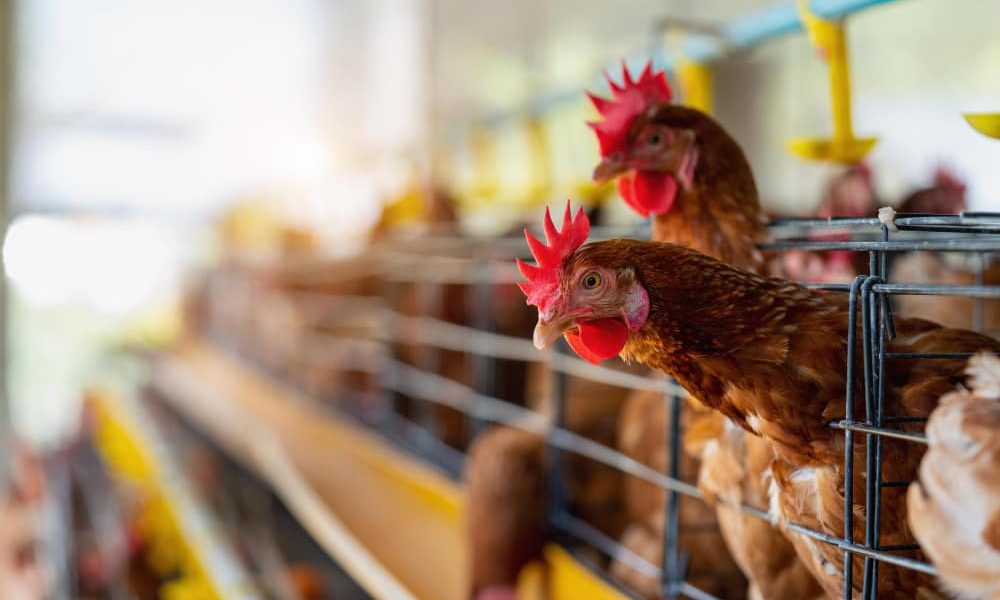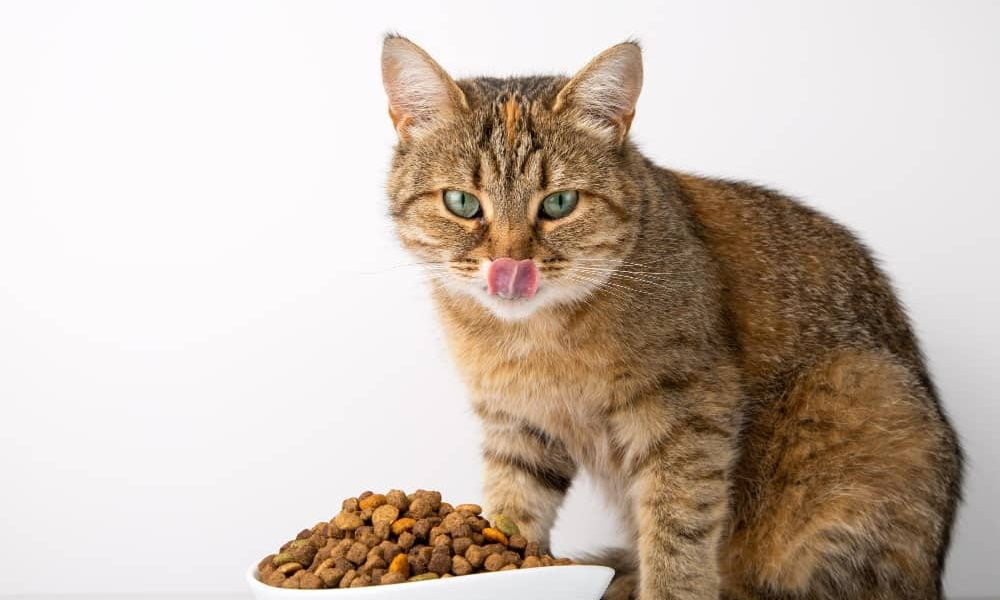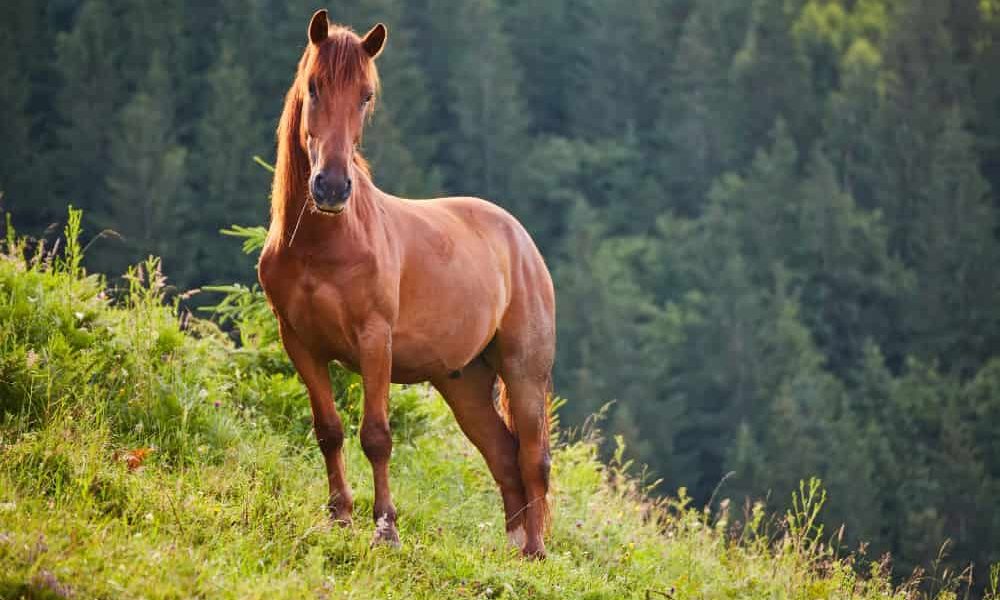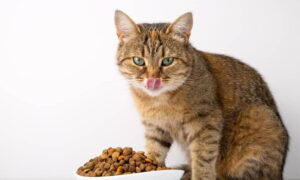
If you have a pet and want to know what it can eat and what it can’t, don’t miss this complete guide dedicated to dog food.
Feeding our pets is a fundamental pillar to guarantee their health, well-being and quality of life.
Choosing the right food for our faithful companions is not an easy task, due to the wide variety of options that the market offers. Here is a complete guide to dog food.
Learn to feed your pet
Before diving into choosing the ideal diet for your dog, there are several considerations that should be taken into account to ensure that the best decision is made:
The consult the vet It is not only a recommendation but a necessity. These professionals are trained to offer a comprehensive overview of your dog’s specific nutritional needs. They consider factors such as age, which may determine the need for a diet richer in protein or fat; the breed, as some have specific dietary requirements; the size, which influences the amount and type of food, and of course, the current state of health of your pet.
Read the labels It goes beyond a simple glance. It is essential to understand the composition and ingredients to identify the quality of the product. A quality food will generally have a source of animal protein as its first ingredient and will avoid unidentified by-products or filler grains.
Finally, consider specific needs of your pet is essential. If your dog suffers from a food allergy or intolerance, this information is essential to select or discard certain products. A poor diet could exacerbate health problems or cause new ones.
What can a dog eat?
Dogs, by nature, are omnivorous animals, meaning they can obtain nutrients from both animal and plant foods. The meat whether chicken, beef or lamb, is not only appreciated for its flavor, but is an essential source of protein, vitamins and minerals.
The fish, especially salmon or tuna, provide essential fatty acids that benefit the health of the coat and skin. It is essential to cook them properly and make sure they are free of bones.
The vegetables such as carrots, broccoli or green beans, not only provide fiber, which promotes digestion, but also a variety of vitamins and antioxidants that contribute to your pet’s general health.
What CAN’T a dog eat?
Some foods that are safe for humans can be toxic to dogs. The chocolate for example, contains the obromine, a substance that dogs metabolize very slowly and that can cause cardiac and neurological problems and even death.
The grapes and raisins They are small but dangerous. Although the mechanism is not fully understood, its consumption can trigger kidney failure in some dogs.
And although you might think that the onion and garlic They are harmless, in fact, they can cause anemia by damaging the dog’s red blood cells.
Types of dog food
The market offers a variety of options to feed your pet. The dry food known as feed, is the preferred option for many owners due to its durability, ease of storage and cost.
On the other hand, the wet food which comes in cans or sachets, has a high water content and is usually liked by most canines due to its flavor and texture.
The raw food or BARF (acronym for “bones and raw food”) is based on the idea of feeding the dog fresh, uncooked food, emulating the diet of its wild ancestors. It is a growing trend, but requires detailed knowledge to ensure it is balanced.
Difference between premium and cheap dog food
The quality of ingredients is, perhaps, the most distinguishable factor. While the brands of premium dog food They tend to use identifiable protein sources and avoid fillers, cheaper options sometimes resort to lower quality by-products and grains.
The additives and preservatives They are also a point of comparison. While some preservatives are necessary to ensure product durability, premium brands typically opt for more natural options and avoid artificial coloring.
The Investigation and development behind each product also plays a role. Premium brands invest in scientific research to develop diets that meet all the nutritional needs of dogs at every stage of their life.
How to make dog food at home
Preparing homemade dog food is a growing trend among many owners who seek to have complete control over what their pet consumes. Is essential balance the diet incorporating lean meats, fresh vegetables and cereals such as rice or oats.
It’s crucial avoid strong seasonings since ingredients such as salt, garlic or onion can be harmful to them.
Storage is another point to consider. Once the food is prepared, it is recommended preserve it properly in airtight containers and refrigerate to ensure freshness.
Health tips for feeding your dog
A well-fed dog is a healthy dog. It is always important offer fresh, clean water. Just like us, dogs need to be properly hydrated.
Maintain a regular meal schedule Not only does it help digestion, but it also establishes a routine that dogs, as lovers of habits, appreciate.
Avoid overfeeding It’s fundamental. An overweight dog can face multiple health problems, from joint disease to diabetes.
Mistakes to avoid
Carry out sudden changes in diet can cause digestive problems. If you decide to change your pet’s diet, it is advisable to do so gradually.
And although they may seem like an appetizing prize, give small or cooked bones it’s a mistake. These can splinter and pose a choking hazard or internal damage.
Food table
| Allowed Foods | Forbidden food |
|---|---|
| Chicken (boneless and cooked) | Chocolate |
| Beef (cooked) | Grapes and raisins |
| Fish (boneless, cooked) | Onion |
| Rice | Garlic |
| Carrots (cooked or raw) | cooked bones |
| Green beans | Stone fruits (such as peaches) |
| Apple (seedless) | Coffee and caffeine |
| Banana | Alcohol |
| Pumpkin (cooked) | Nuts (e.g. walnuts) |
| Oatmeal (cooked) | Gum and candy |
| Cucumber | Green tomatoes |
| Peanut butter (without xylitol) | small bones |
| unsweetened yogurt | Energy drinks |
| Turkey (boneless and cooked) | Excess milk and dairy products |
| Potatoes (cooked, skin removed) | Very salty foods |
| Spinach (cooked) | sugary soft drinks |
| Eggs (cooked) | Fast food (e.g. hamburgers) |
| Pears | Frozen |
| Broccoli | Chips |
| Almonds | Donuts |
Your health depends on you
Properly feeding our dog is a responsibility that we should not take lightly. It is always advisable to consult a veterinarian to ensure that we are offering a balanced and adequate diet.
Don’t forget that A good diet is synonymous with a healthy and happy dog.







